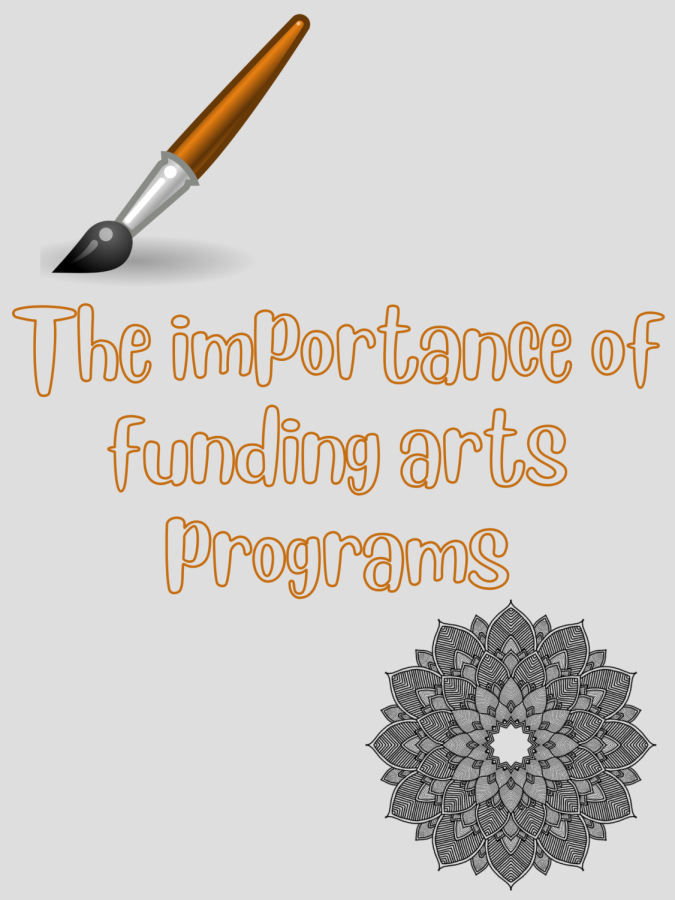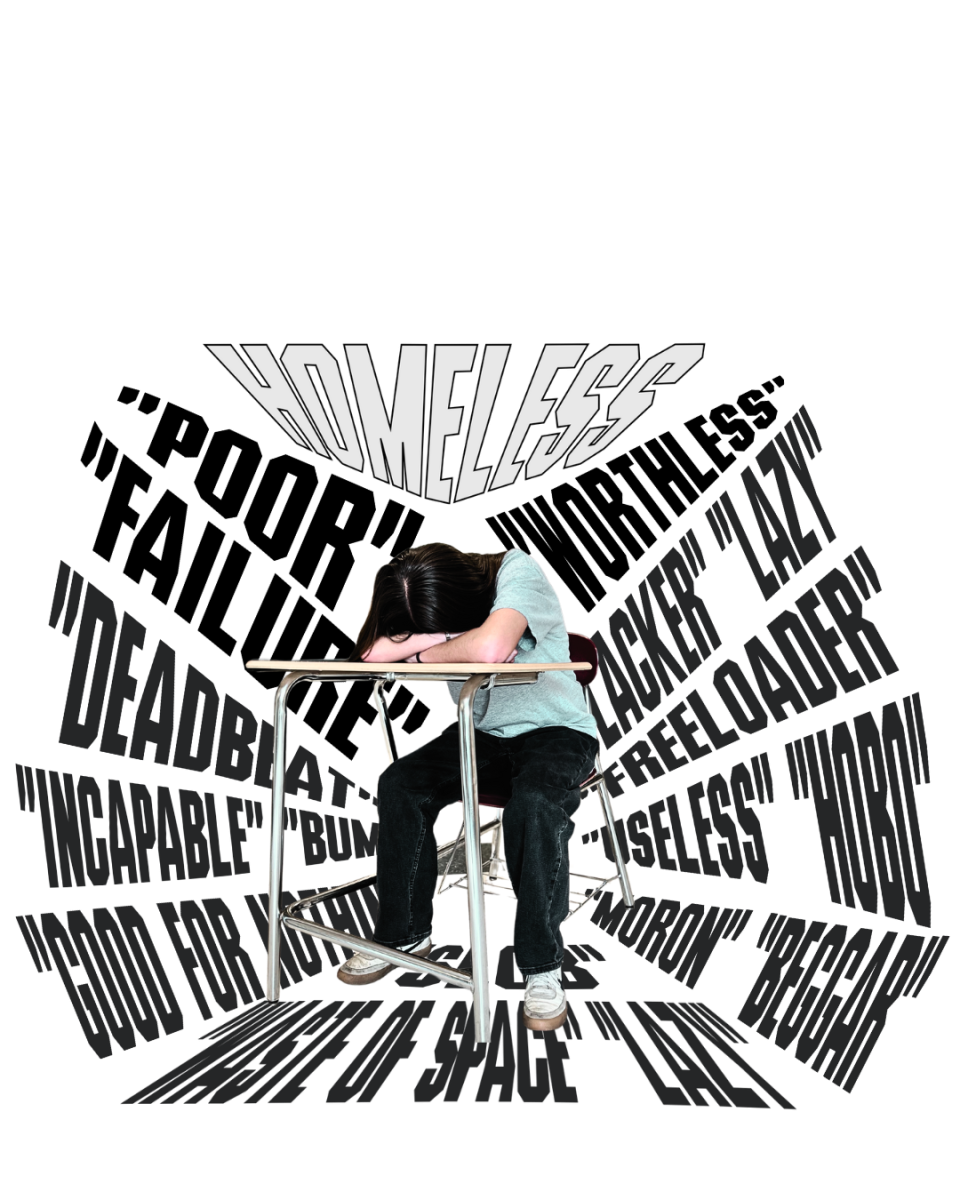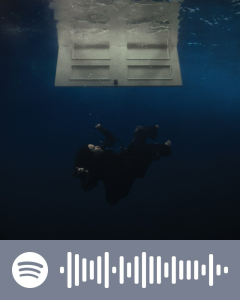The importance of funding arts programs
May 8, 2022
This previously ran in our April 2022 print issue.
April 15 is World Art Day, which celebrates artists across the world and their work. Officially created by UNESCO in 2019, this day is to recognize artists both present and future and to inspire budding artists. However, art and music programs are slowly being cut from many public schools across the country, leading to lasting negative effects on students for years to come.
From 2008 to 2016, over 80% of schools in the United States faced budget cuts. As a result of this, schools began to cut classes and programs that were considered non-essential such as dance, visual arts, theater, and many more.
The history of these budget cuts is rooted in the Cold War between the U.S. and the Soviet Union in the 1950s and 1960s. As the Soviets began more and more space endeavors (particularly the success of Sputnik), the U.S. decided to put more emphasis on core subjects, especially science and mathematics.
More pressure was added to core subjects with the No Child Left Behind Act of 2001 (which required standardized testing on math and reading), making schools feel the urge to cut programs deemed non-essential in order to raise test scores. If schools continued to perform poorly on standardized tests, their funding would be cut even more, resulting in a vicious cycle and almost guaranteeing that their arts programs would never return.
We here at Emmaus are fortunate enough to have little to no cutting of our arts and music programs without having to fight for them. However, other nearby schools are not as lucky. In 2019, students of the Allentown School District argued against their arts and dance programs being cut, following one of the school’s dance teachers, Dawn Blanco, losing her job. The Allentown School District has had to grapple with budget issues in the past as well, cutting art and music programs in 2011.
If anything, arts and music programs should be encouraged and respected much more than they are now, as art and music help to develop the brain in different ways.
According to Johns Hopkins Hospital, playing music is a workout for the brain as a session at the gym is for the muscles. Music helps to activate almost every area of the brain, contributing to the creation of new neurons and helping memory. Listening to music and playing it can also help increase attention span, something that young children (and many adults) struggle with.
Just like music, art also opens up the brain in new ways. A study by Stanford University showed that students who were interested in art and created it went on to win more academic awards than students who were not as invested in art. Creating art also decreases cortisol (the stress hormone) levels.
The skills students develop from these programs aren’t limited to just the arts. It spills over into all other aspects of life that can be used every day and for years to come: critical thinking, problem-solving, and effective communication, all of which are found in East Penn’s portrait of a graduate.
For example, effective writing is one of the most important skills one can ever learn, and one that we at The Stinger use every day. Through the arts–whether it be painting, music, or writing–students learn to express themselves in new and different ways, creating new connections and new ways of thinking.
By instilling these programs into schools, students can explore careers and jobs that otherwise would not have occurred to them. Schools can open up new opportunities and pathways that students might not have otherwise had, especially if they are coming from a low-income family or school district.
The solution to budget cuts can no longer be cutting our arts and music programs; instead, we have to get more creative with our money, finding a way to keep all of our programs afloat, so that we provide students with the tools they need to succeed and be passionate about what they do in life.










